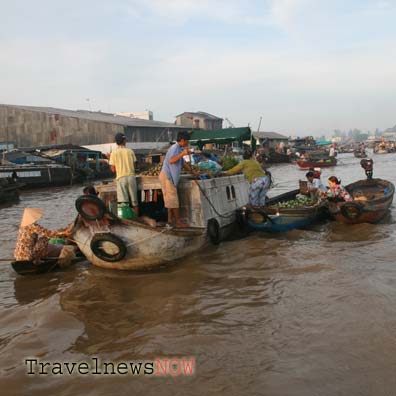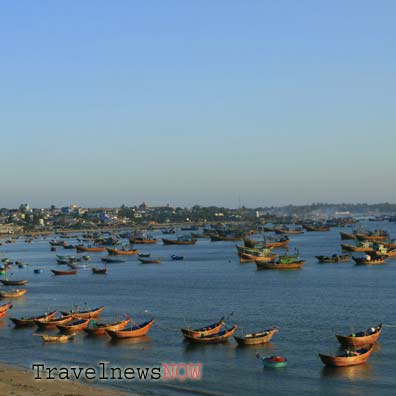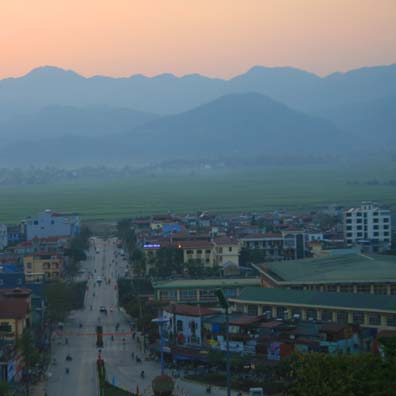13-September-2018: Mangkhut is 830km east south-east of Luzon (The Philippines). The Super Typhoon carries sustained winds of 200-230km/h and is heading west northwest. The question where Mangkhut is making landfall remains unclear for now.
14-September-2018: Mangkhut is barreling towards Luzon, northern tip of the Philippines and is expected to hit Luzon in the early hours of 15-September.
15-September-2018: In the early hours, Mangkhut pummels Luzon with heavy rains and gusts packing sustained winds of 212 kilometers per hour. Later in the morning, the Mangkhut has weakened and no more to be a Super Typhoon packing sustained winds of 170kph with gusts of 260kph. It is expected that Mangkhut is plowing towards Hong Kong next. This is the tropical storm No. 6 in the East Vietnam Sea in 2018.
16-September-2018:
0700 A.M Mangkhut is 330km east southeast of Ma Cau (China) packing sustained winds of 150kph. The typhoon is expected to make landfall on the coast south of Guangdong China late in the afternoon today. The projected path is west northwest.
16:00 Mangkhut has made landfall at the southern coast of Guangdong Province in China packing sustained winds of 140kph is forecasted to continue heading west northwest and to weaken into a tropical depression in the next 24 hours.
19:00 Mangkhut continues to lash inland southern China with sustained winds of 115-140kph. The projected path for the next 24 hours is wnw.
17-September-2018:
0700 A.M Mangkhut is in Quangxi Province (China), 220km north of Tra Co - Mong Cai (Quang Ninh, Vietnam) packing sustained winds of 65-70kph. It is forecasted to head wnw in the next 24 hours. Later in the morning, Mangkhut has weakened into a tropical storm.
1300 Mangkhut has traveled further inland in the Quangxi Province (China) packing sustained winds of 40-50kph. This is the final update of Mangkhut.
Notes: From the beginning till the end, Mangkhut starting as a Super Typhoon has certainly startled forecasters with respect to the path. According to meteorologists, the path of a typhoon is defined by several factors of which the 3 main ones are:
1/The leading factor is the overall high pressure areas and the low pressure areas (heated air masses). Lack of data of this factor certainly leads to inaccurate forecasts.
2/The momentum of the typhoon itself.
3/The friction on the path: at sea or inland, high mountains,...
The other several factors like temperatures of the air masses on the path, sea water temperatures: high temperatures make the typhoon stronger... A super typhoon tends to wobble which makes it harder to forecast than a typhoon of which the path is steady and consistant.























